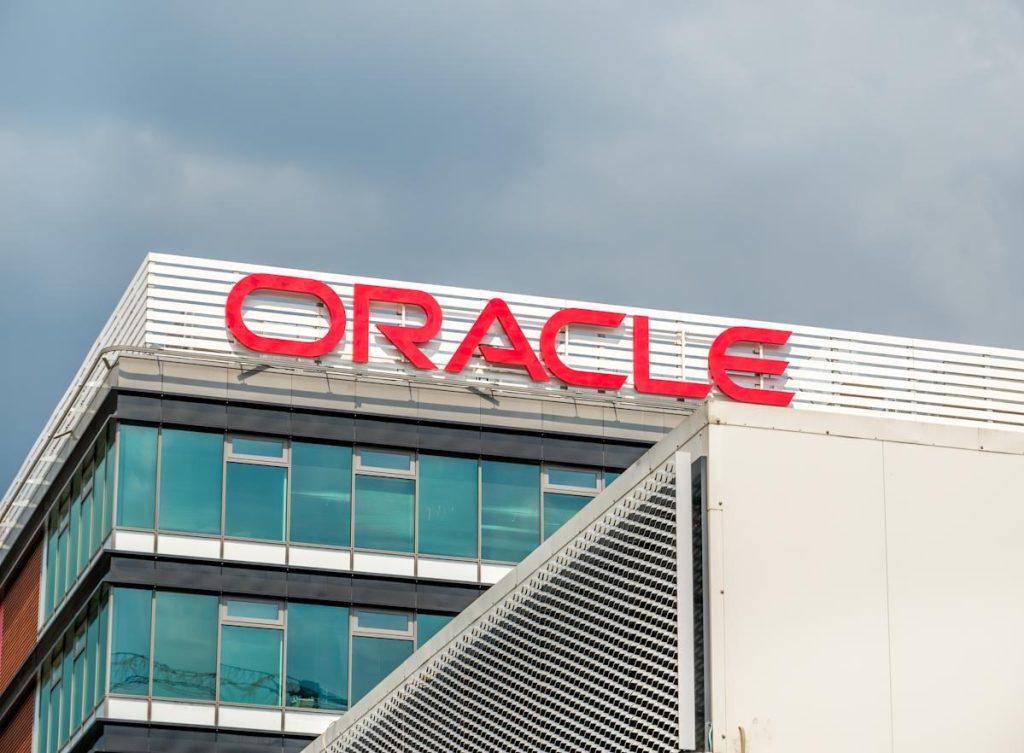Oracle (ORCL), a legacy tech player once lagging behind in the AI arms race, is now sprinting out front.
The stock is up more than 45% this year — handily outperforming AI darlings Nvidia (NVDA) and Meta (META) — thanks to massive cloud deals and surging AI demand. With Wall Street watching closely, the question now is whether Oracle can turn its growth story into lasting earnings power.
“Oracle has been growing [revenue] by mid-single digits, and now it could be growing 15% to 20% [annually] for the next few years,” Gil Luria, managing director at D.A. Davidson, told Yahoo Finance. “That’s why the stock has done so well.”
The company recently inked a wave of cloud infrastructure deals, including one contract involving the rental of high-powered graphics chips (GPUs), which are essential for training and running AI models. One such agreement could add as much as $30 billion to Oracle’s revenue by 2028.
Its Cloud Infrastructure (OCI) division has positioned itself as a lower-cost, high-performance alternative to Amazon (AMZN) AWS, Microsoft (MSFT) Azure, and Google (GOOG, GOOGL) Cloud.
The hyperscaler is also part of the Stargate project, a $500 billion initiative launched earlier this year alongside SoftBank Group (SFTBY), OpenAI (OPAI.PVT), and Metagenomi (MGX) to advance US AI development. Elsewhere, Oracle has committed $3 billion to expand AI infrastructure in Europe.
Oracle has garnered analyst upgrades, including from Scotiabank (BNS), which recently initiated coverage with a $300 price target, citing its strong position in AI infrastructure. Its analysts described the 48-year-old company as “transitioning into a new paradigm.”
But not all firms see Oracle spreading its wings — D.A. Davidson maintains a Neutral rating and a $220 target, and Mizuho forecast a pullback to around $180.
“The current price already reflects the upside, unless a significant acceleration in earnings growth can be achieved,” Luria said. “The stock is starting to look pretty expensive.”
The fast-growing cloud business is capital-intensive and operates on thinner margins. On the other hand, Oracle’s traditional software, hardware, and maintenance contracts business is in decline. But the segment makes up 60% of the company’s business and has around a 50% margin, per Luria.
“The key is not just revenue growth, it’s whether Oracle can convert that into profitable earnings,” Luria said. “That’s what will determine if the stock can keep climbing.”
In its latest quarter, Oracle reported $15.9 billion in revenue, up 11% year over year, and earnings per share of $1.70, up from $1.67 a year earlier. Cloud infrastructure sales jumped 52% year over year.
Story Continues

